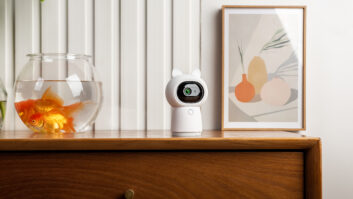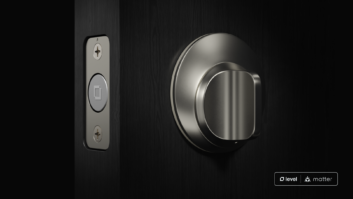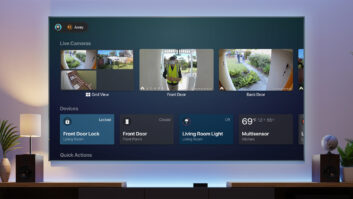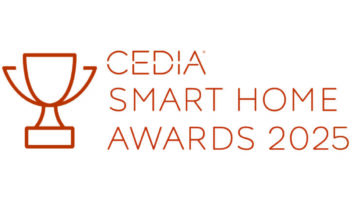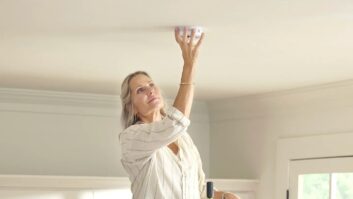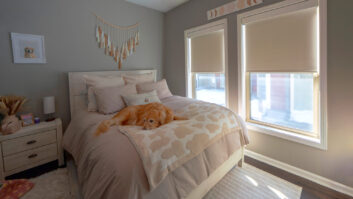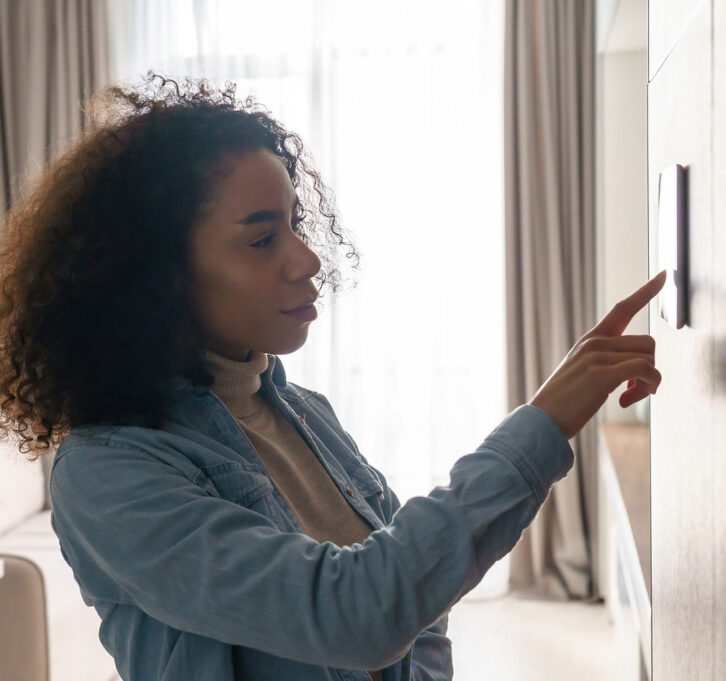
Imagine a world where your home is not just a living space but an intelligent health companion that constantly monitors your well-being and provides personalized care tailored to your unique needs.
This vision is rapidly becoming a reality, thanks to the convergence of smart home technology and healthcare innovation. As society grapples with the increasing demand for accessible and affordable healthcare solutions, integrating smart homes with healthcare systems presents an opportunity to revolutionize how we approach health and well-being.
From monitoring sleep patterns and activity levels to detecting falls and tracking medication adherence, smart homes have the potential to serve as proactive and personalized health assistants. But how will these holistic housing concepts look and what will they achieve? Let’s get into the nitty-gritty.
Key Components of Health-Monitoring Smart Homes
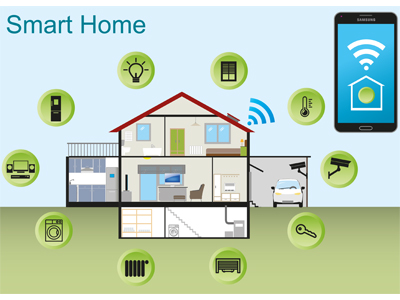 Health-monitoring smart homes rely on multiple technological components working together to ensure accurate data collection, insightful analysis, and effective communication with healthcare providers. These include:
Health-monitoring smart homes rely on multiple technological components working together to ensure accurate data collection, insightful analysis, and effective communication with healthcare providers. These include:
Sensors and Devices
Sensors and smart home devices serve as the eyes and ears of the system, gathering valuable data on various aspects of an individual’s health and well-being.
Environmental sensors monitor air quality, temperature, humidity, and potentially harmful substances to ensure a safe and comfortable living environment. Motion sensors can detect activity levels, fall incidents, and changes in daily routines, enabling timely interventions or alerts.
Meanwhile, wearable devices, such as smartwatches and fitness trackers, integrate with smart homes to continuously monitor vital signs (such as heart rate, blood pressure, and oxygen saturation), sleep patterns, and physical activity levels.
Additionally, advanced technologies like voice recognition systems and facial expression analysis can offer insights into an individual’s emotional and cognitive well-being, enabling a more holistic approach to healthcare.
Data Analytics

The true power of health-monitoring smart homes lies in their ability to analyze the vast amounts of data collected by the sensors and devices. By integrating AI tools or even using medically-oriented LLMs, smart home systems can handle and interpret this data and identify patterns, trends, and anomalies. This analysis can reveal early signs of health issues, track the progression of chronic conditions, and even predict potential health crises before they occur.
Moreover, by continuously learning from an individual’s unique health data, these systems can offer tailored advice on lifestyle adjustments, potential health risks, and preventive measures.
The ability to monitor health metrics over time also offers healthcare providers a more comprehensive view of a patient’s health, enabling more accurate diagnoses and tailored treatment plans.
Connectivity and Interoperability
For health-monitoring smart homes to truly revolutionize healthcare, seamless connectivity and interoperability with healthcare providers and systems is essential. And this means absolute interconnectedness—from QR codes on PDFs of daily patient reports to even the factory that’s producing a medicine the patient has ordered.
This integration, and many others like it, ensures the valuable data collected by medical smart homes can be quickly and securely shared with medical professionals to enable informed decision-making and coordinated care.
Through secure data-sharing protocols and standardized interfaces, smart home systems can communicate with electronic health records, telemedicine platforms, and other healthcare technologies.
Benefits of Smart Homes in Healthcare
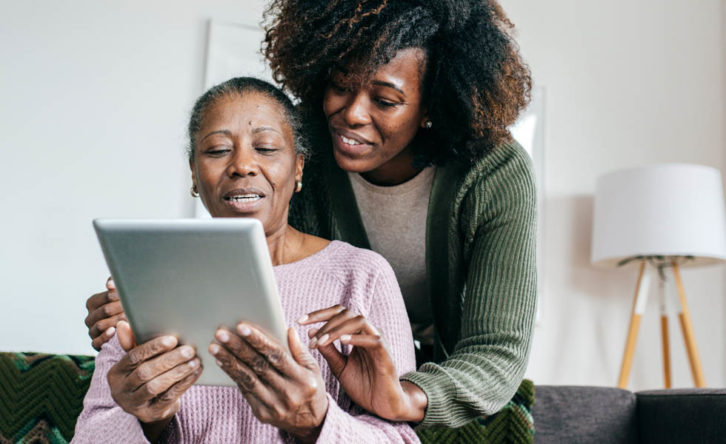
Integrating smart home technology into healthcare delivery may be far-fetched or overly complex now, but even the most stubborn of skeptics are excited about the possibilities.
Early Detection of Health Deterioration
One of the most significant advantages of health-monitoring smart homes is their ability to detect subtle changes in an individual’s health status, often before overt symptoms manifest. By continuously monitoring various health parameters, these intelligent systems can identify deviations from established baselines and alert healthcare providers and caregivers to likely issues, potentially saving lives.
For example, a smart home system monitoring an elderly individual’s sleep patterns may detect disruptions or changes in respiration, which could indicate an underlying respiratory condition or sleep disorder.
Enhanced Patient Comfort and Convenience
Another great advantage of health-monitoring smart homes is that they provide personalized healthcare within the familiarity and comfort of one’s living environment. For instance, adjusting environmental settings such as lighting and temperature based on individual preferences and health needs allows individuals to enjoy a more comfortable and therapeutic living space.
Moreover, voice-activated assistants can provide reminders for medication schedules, exercise routines, and doctor appointments, making health management an integrated part of daily life.
The personalization extends to delivering healthcare services tailored to the individual’s unique health profile, driven by the data collected within the smart home.
Enhanced Access to Medical Data
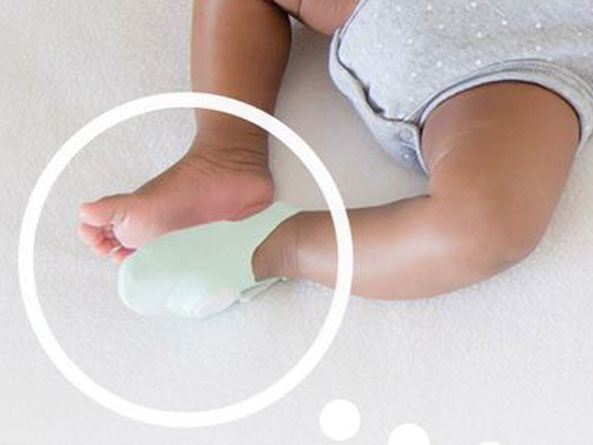 (image credit: Owlet)
(image credit: Owlet)
Smart home systems can be designed to automatically compile biometric readings from wearable devices and home health monitors into an electronic medical record (EMR). Patients can conveniently access this comprehensive collection of their health data through a user-friendly interface created using a cheap website builder, empowering them to take a more proactive role in managing their well-being.
The website can provide personalized dashboards, allowing patients to visualize trends, set reminders, and share their data with healthcare professionals for more informed decision-making.
This integration not only promotes greater transparency and accessibility to medical information but also fosters a collaborative approach to healthcare, where patients and their care teams can work together more effectively to achieve better health outcomes.
That said, it’s important to think about the accessibility and usability of such a website, especially for elderly users. Older people might not be willing to stare at screens and interfaces all day. However, there could be an option for them to run their medical data, test results, and messages from doctors through a secure docx editor and print them.
Reduction in Hospital Visits and Healthcare Costs
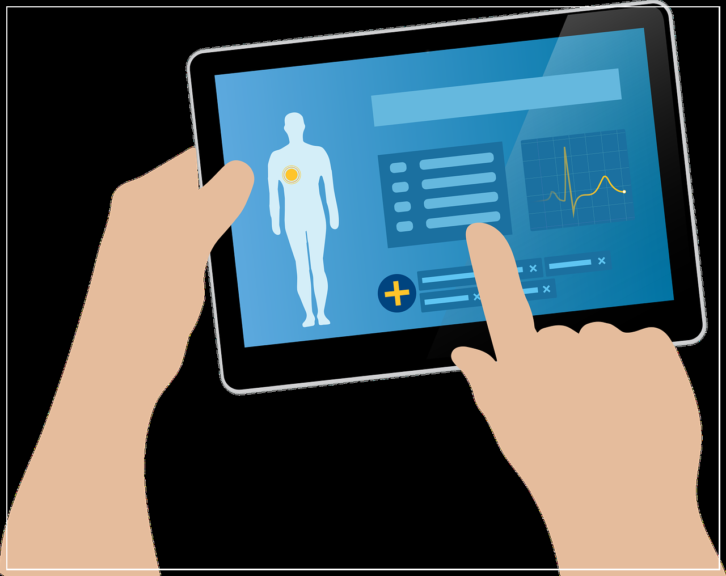 The proactive and preventive nature of health-monitoring smart homes has the potential to significantly reduce the need for hospital visits and costly healthcare interventions. For example, a study published in the National Library of Medicine shows how remote monitoring of chronic heart failure patients via smart home technologies decreased hospital readmissions.
The proactive and preventive nature of health-monitoring smart homes has the potential to significantly reduce the need for hospital visits and costly healthcare interventions. For example, a study published in the National Library of Medicine shows how remote monitoring of chronic heart failure patients via smart home technologies decreased hospital readmissions.
By enabling early detection and timely management of health issues, intelligent home systems can prevent minor conditions from escalating into more severe and resource-intensive situations.
Additionally, the ability of smart home systems to support aging in place and provide remote monitoring for chronic conditions can reduce the need for costly long-term care facilities or frequent hospitalizations.
Challenges of Integrating Smart Homes and Health Monitoring
While the potential benefits of health-monitoring smart homes are vast, their widespread adoption requires careful consideration of several challenges and potential barriers, such as:
The very feature that makes smart homes invaluable — continuous data collection and analysis — also poses significant privacy and security risks.
Ensuring the confidentiality and integrity of this personal information is important, as any breach or misuse could have profound implications for individuals’ well-being and trust in the technology. In particular, sensitive patient data, which includes disease history, allergies, and everything of the sort, must be protected by HIPAA-compliant hosting, something you can’t guarantee every medical smart home manufacturer would be willing to undertake.
Robust data encryption protocols, strict access controls, and adherence to stringent data protection regulations are essential to safeguard the privacy of individuals’ health information.
Additionally, transparent policies must be implemented to give individuals control over their data and the ability to make informed decisions regarding its use.
It’s also important to think about network safety and even consider segmentation for medical facilities that collect medical data from smart home devices. Imagine a facility that receives its tax returns, invoice factoring reports, and handles health data on the same network. If a money-hungry hacker were to breach the network, they’d also have a chance to leave with patients’ medical data, resulting in a treasure trove of usable, valuable, and, most importantly, easily resellable information.
Technological Barriers

While smart home technology continues to advance, certain barriers may hinder its widespread adoption and effectiveness in healthcare monitoring. Issues such as connectivity challenges in remote or underserved areas, compatibility concerns with existing healthcare systems, and the digital divide affecting technology access and literacy among certain populations must be addressed.
Ensuring seamless integration and interoperability between smart home systems and healthcare infrastructure is crucial for effective data sharing and coordinated care. Standardization efforts and industry-wide collaboration are necessary to overcome technological silos and promote a unified ecosystem.
To overcome compatibility concerns, many smart home manufacturers want to strive toward mainstream hosting options, but an increasing number of companies are looking for alternatives to Azure, Google Cloud, and AWS, all in an effort not to have all their services centralized through just one or two big tech companies. What if a data leak occurs? Hence, decentralization is still crucial.
Ethical and Legal Implications
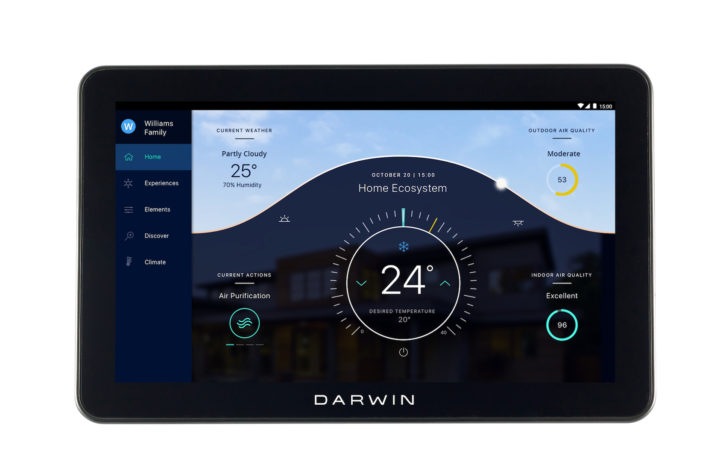
The implementation of health-monitoring smart homes also raises complex ethical and legal considerations. Issues such as informed consent, data ownership, and potential technological bias or discrimination require thorough examination and robust governance frameworks.
It is important to ensure individuals have the autonomy to make informed choices regarding using smart home technology and sharing their health data. Clear consent protocols and transparency about data usage and potential risks must be established. Additionally, there must be considerations for those who may not be able to provide consent, such as individuals with cognitive impairments, and how to protect their rights and privacy.
Moreover, accessibility and non-discrimination principles must be upheld to ensure that the benefits of health-monitoring smart homes are equitably distributed and do not magnify existing healthcare disparities.
Legal and regulatory frameworks must also evolve to address the unique challenges smart home healthcare poses, including liability concerns, data governance, and the responsible development and deployment of AI systems in healthcare.
Conclusion
The integration of smart home technology into healthcare delivery represents a transformative shift in how we approach our well-being. From early detection of potential health issues to enhancing patient comfort and reducing the burden on healthcare systems, these intelligent living spaces hold the potential to redefine the essence of healthcare.
Smart homes acting as health monitors will create a future where healthcare will not only be more accessible and efficient but also more personalized and integrated into the fabric of our everyday existence.
See also: Widex SmartRIC Hearing Aid Introduce New Angles Of Natural Hearing




